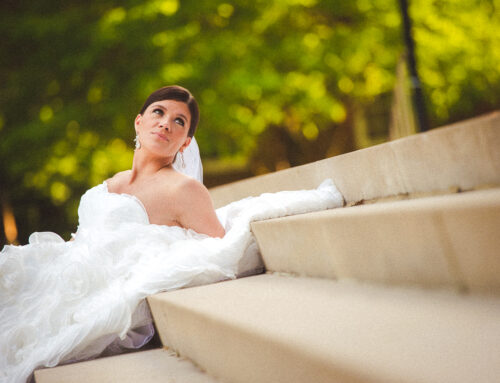This is an article I wrote for the Virginia Beach Photography Club several years ago about light meters. I still use my light meter every now and then, but I’ve since learned how to more effectively use the in-camera meter with exposure compensation (something I teach at my workshops).
The light meter has made life very good for today’s photographer. Many of today’s SLR cameras do a great job of giving us the best exposure based on what our eyes see. However, you can take your photography to the next level by really understanding the capabilities and limitations of these meters.
The purpose of a light meter is to help guide the photographer to find a middle grey exposure – the point where your image will retain detail in both the shadows (blacks) and the highlights (whites). There are several kinds of light meters on the market today, the most common of which is the one in your camera (a reflective light meter). The other typical ones include the incident, flash, and spot meters and we’ll discuss these meters here.
The Reflective Light Meter
The reflective light meter is the one that most people use because it comes with just about every camera these days – both film and digital. When you point the camera at the scene, the meter reads the light that is reflecting off of the subject. The camera will then choose an exposure that renders the reflected light as middle grey. So what happens when you take a picture of a black cat on a sunny day? The meter in your camera sees black and turns it to middle grey. The same is true for a white cat under the same lighting conditions; the meter sees white and turns it to middle grey. The result is less than desirable – not only because the cat no longer looks like what our eyes see, but also because the camera settings are fooled. For example, with the black cat, the reflective meter says, “That’s too dark – I need a slower shutter speed and/or wider aperture so that I can see it better” – so you end up with a grey cat, a lot of camera shake from the slow shutter speed and/or a shallow depth of field from the wide aperture. Moreover, with the white cat, the reflective meter says, “That’s too bright – I need a faster shutter speed and/or smaller aperture so that I can see it better” – and you end up with a grey cat, an underexposed image from the faster shutter speed and/or lots of depth of field from the smaller aperture. Either way, you end up with a grey cat – which is not what our eyes see. The meter in your camera is fooled into thinking that the subject is too dark or too bright and makes the adjustments based on what it sees reflected by the subject rather than the amount of light that was actually on the subject.
The Incident Light Meter
The incident light meter is a hand-held device that photographers use to measure the light that is falling on the subject. Unlike the reflective light meter, this one is not influenced by how dark or bright the subject is; it just wants to know what the exposure should be by calculating middle grey from the ambient light (a.k.a., the “available light” or “incident light”). So if we go back to the cats, the light on the black cat is the same as the light on the white cat. So in order to get the desired exposure for middle grey, I use an incident light meter at the subject’s position to measure the light that is falling on the cats. I personally like to use an incident light meter because it’s a part of my workflow – I want consistent exposures that preserve details in both the black parts (shadow) and white parts (highlights) of my images.
The Flash Meter
A flash meter (which is usually built into a good incident light meter) is a must-have for any kind of studio work because the duration of the flash cannot be ascertained by a reflective light meter. The very nature of a flash is that it only briefly illuminates the subject (in a “flash”). Therefore, a flash meter is needed to read the intensity of the light so that it can calculate the middle grey exposure.
The Spot Meter
Finally, the spot meter comes in several forms. It can be built into some SLR cameras as a separate metering option, it can be built into an incident meter, or it can be purchased separately for the sole function of spot-metering. The spot meter follows the same principles as the reflective meter in that it calculates the middle grey exposure based on what it sees (that is, the light reflected). However, the primary difference is that the spot meter measures a single spot as pinpointed by the user through the use of a scope. A spot meter is very useful for getting the middle grey exposure of hard to reach areas and/or distant subjects.
I recommend getting a mid-range incident light meter that measures both ambient light, flash (cord), and flash (non-cord).
Trusted brands are Gossen and Sekonic, but other varieties may be just as good.






Leave A Comment